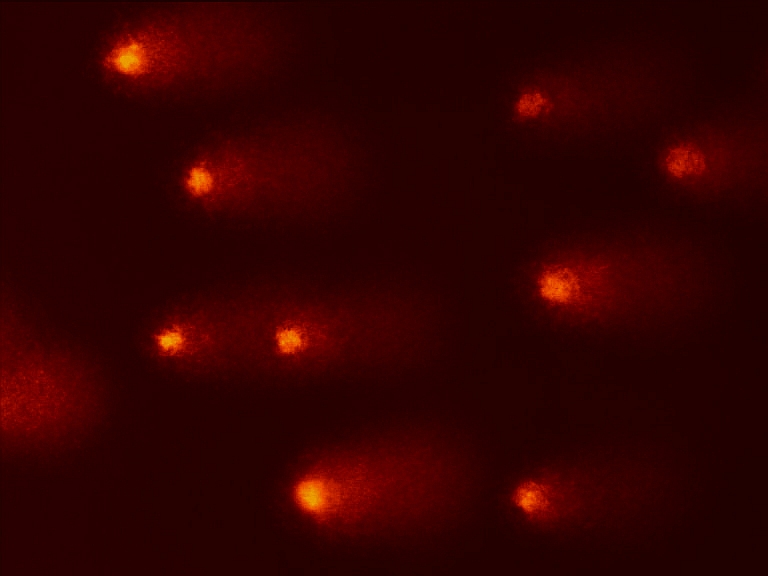Contact Press / Media
Dr. Sylvia Escher
Division Director of Safety Assessment and Toxicology & Head of Department of In-silico Toxicology
Phone +49 511 5350-330
Nitrosamines (NAs) are a class of organic chemical compounds that humans may be exposed to by tobacco smoking or consuming certain foods. N-nitrosamines have been classified as probable human carcinogens and are categorized in the ICH M7 guideline as belonging to the “cohort of concern” group of high-potency mutagenic carcinogens. Some active pharmaceutical ingredients (APIs) carry NAs as impurities from production and/or storage or may cause their formation in the gastrointestinal tract.

A joint research project funded by the European Medicines Agency (EMA) and led by Fraunhofer ITEM will shed light on the mutagenicity of different classes of NAs to distinguish highly potent from less potent carcinogens. Besides classical nitrosamine structures, API-like nitrosamine derivatives will also be investigated. It will be of particular importance to look for their ability to undergo metabolic activation and to form different DNA adducts. Additionally, corresponding DNA repair mechanisms will be addressed for the first time. By developing novel in-silico as well as in-vitro test systems, the consortium aims to improve risk assessment and to derive reference doses such as acceptable intake (AI) values.
Initially, the focus will be placed on nitrosamine metabolites and their potential to damage DNA when not adequately repaired. The obtained data will be used to correlate the structure of NAs to their potential toxic/mutagenic effects. By means of a quantitative structure-activity relationships (QSAR) approach, this will allow derivation of acceptable intake values for compounds lacking appropriate in-vivo cancer studies, i.e. following a read-across approach.
Secondly, the effect of the physiological environment of the gastrointestinal tract (including the microbiome) on the formation of NAs from drugs or their degradation products will be studied. Due to the lack of knowledge about endogenous nitrosamine formation, it is of utmost importance to elucidate potential mechanisms in order to reduce the carcinogenic risks for patients. Research findings of these laboratory studies will be integrated and generalized in order to develop predictive QSAR models for the susceptibility of drugs to be nitrosated.
Finally, current bacterial mutagenicity test systems as well as novel in-vitro genotoxicity tests, such as the comet assay in liver cell models (primary human and rat hepatocytes, human liver cell lines), will be evaluated, optimized and validated. Metabolic competence will represent one key topic, to reach the final aim of reliably detecting mutagenicity of different NAs.